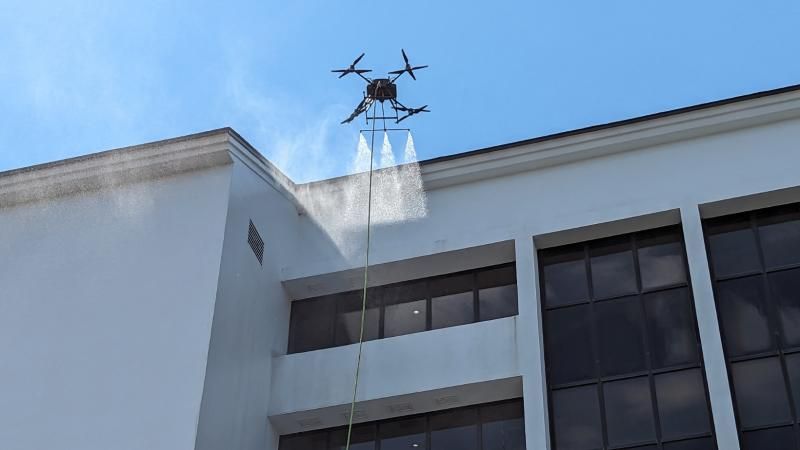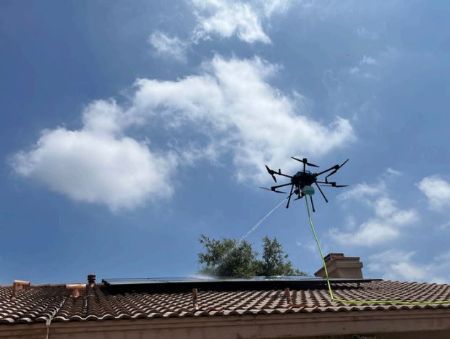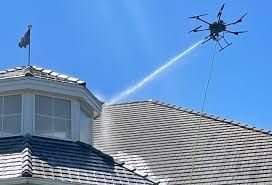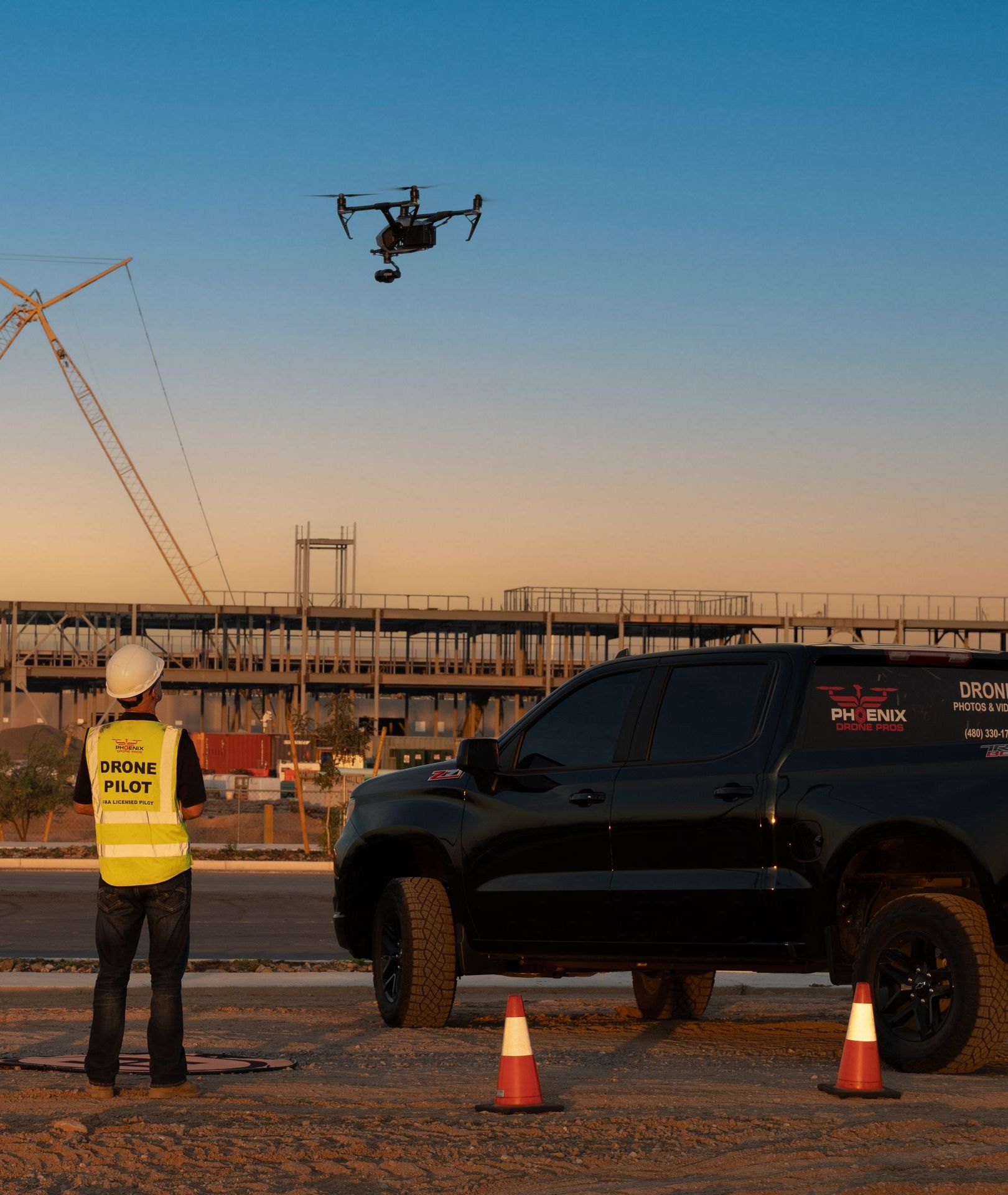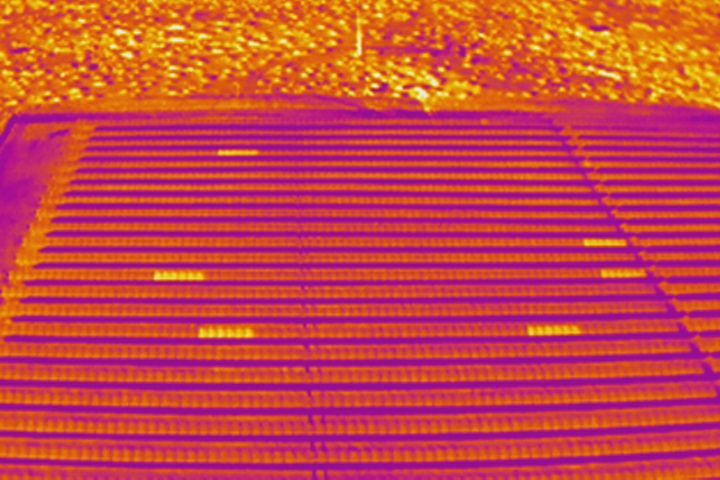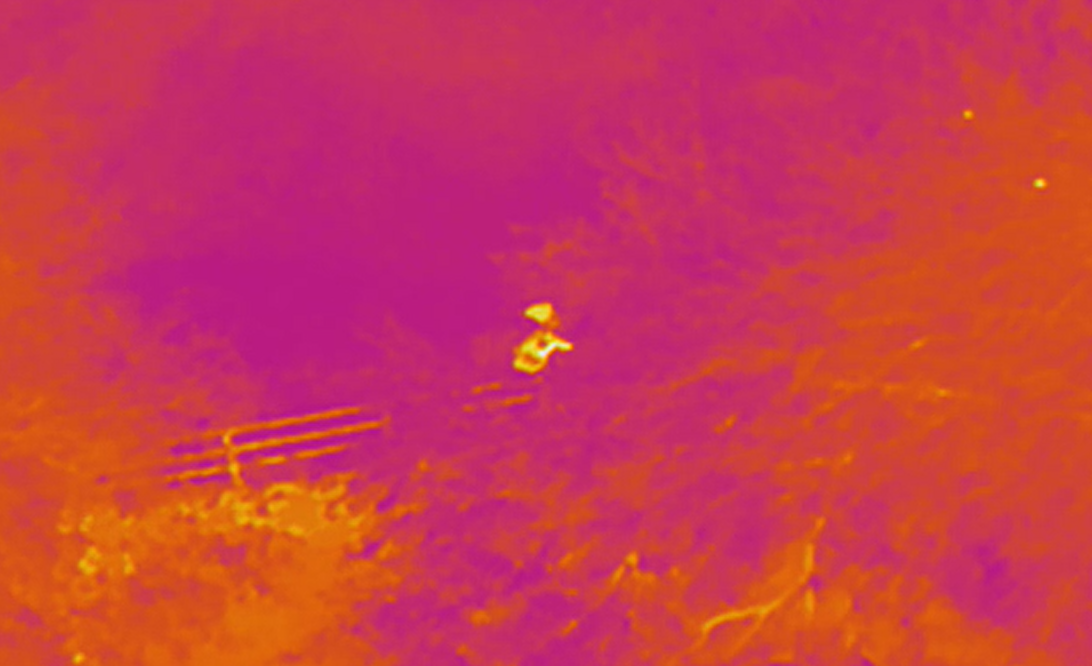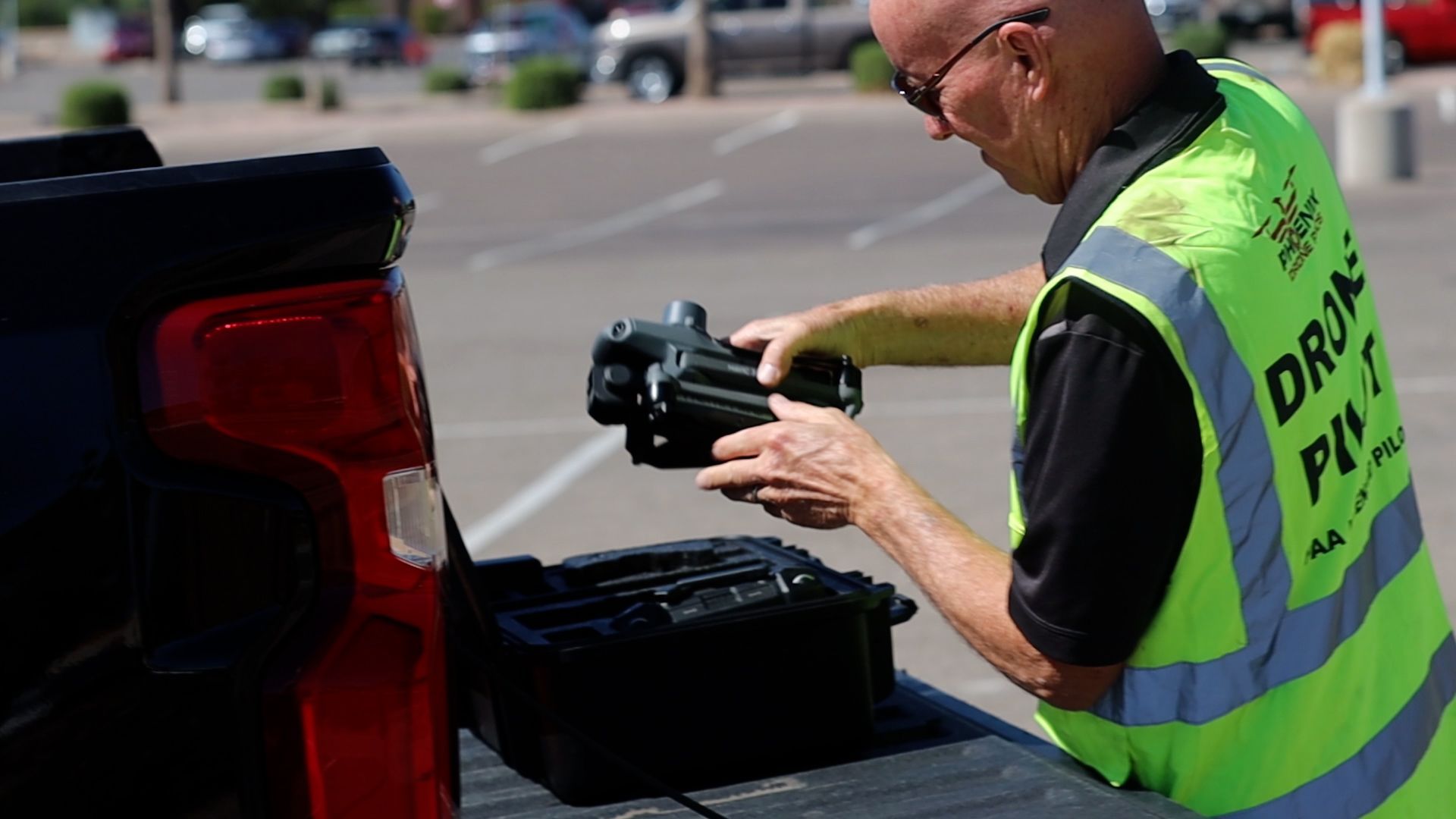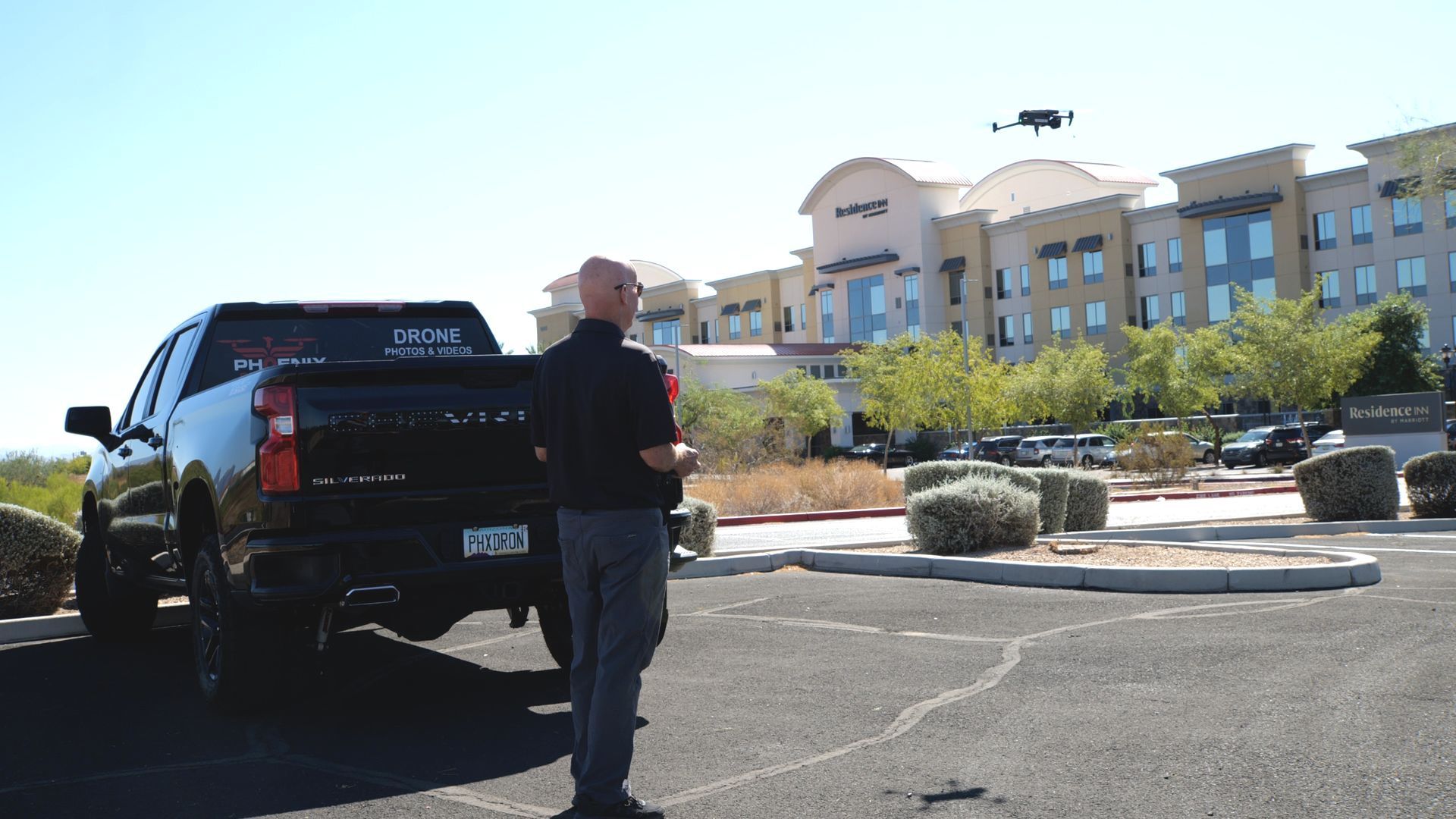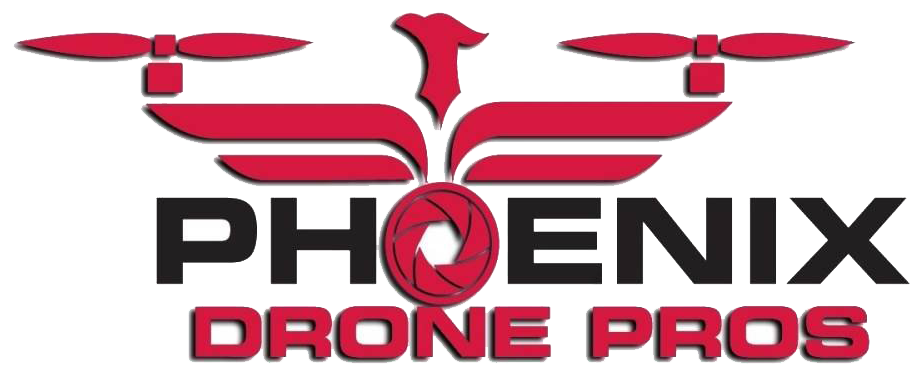Phoenix Drone Pros
Blog
phoenixdronepros • March 29, 2023
The Benefits of Using a Drone for Roof Inspections
One of the areas where drones are making a big impact is in roof inspections. The use of drones for roof inspections is becoming increasingly popular, and for good reason. In this post, we'll take a look at some of the benefits of using a drone for roof inspections.
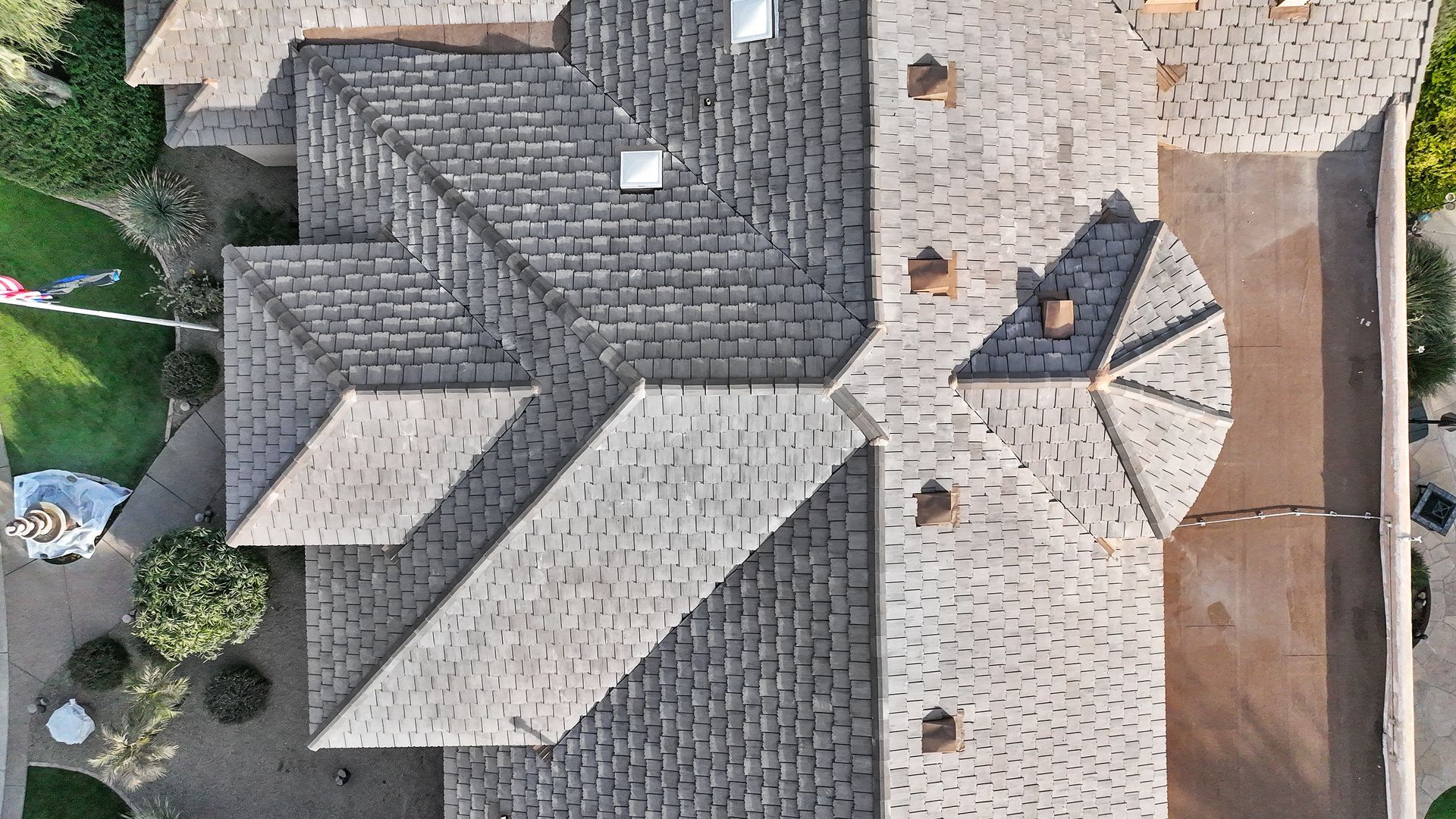
Drones are rapidly becoming a valuable tool for professionals in a wide range of industries. One of the areas where drones are making a big impact is in roof inspections. The use of drones for roof inspections is becoming increasingly popular, and for good reason. In this post, we'll take a look at some of the benefits of using a drone for roof inspections.
A roof inspection is a thorough examination of a building's roof to identify any problems or potential issues. A roof inspection can help identify issues such as leaks, damage, or wear and tear. Regular roof inspections are important to ensure the safety and longevity of a building's roof. Traditionally, roof inspections have been carried out by inspectors who would physically climb onto the roof to assess the condition of the roof. However, this can be dangerous and time-consuming. Using a drone for a roof inspection can make the process faster, safer, and more accurate.
Overall, using a drone for a roof inspection offers numerous benefits. It can improve safety, accuracy, speed, and cost-effectiveness, while also providing early detection of issues and access to hard-to-reach areas. With the use of drones becoming more prevalent in many industries, it's clear that they will continue to play an important role in the future of roof inspections. If you're a building owner or manager, consider using a drone for your next roof inspection to experience these benefits firsthand. Additionally, hiring a professional drone pilot to conduct the inspection can ensure that the drone is operated safely and effectively.
It's worth noting that using a drone for a roof inspection is not a replacement for traditional inspections. A physical inspection by a trained professional is still necessary to identify some issues, such as issues with the gutters or flashing. However, using a drone can supplement traditional inspections and provide valuable information that may be missed during a physical inspection.
In conclusion, drones are becoming an increasingly popular tool for roof inspections, and for good reason. They offer numerous benefits over traditional inspections, including improved safety, accuracy, speed, cost-effectiveness, early detection of issues, and access to hard-to-reach areas. If you're a building owner or manager, consider using a drone for your next roof inspection to experience these benefits firsthand.
What is a roof inspection?
A roof inspection is a thorough examination of a building's roof to identify any problems or potential issues. A roof inspection can help identify issues such as leaks, damage, or wear and tear. Regular roof inspections are important to ensure the safety and longevity of a building's roof. Traditionally, roof inspections have been carried out by inspectors who would physically climb onto the roof to assess the condition of the roof. However, this can be dangerous and time-consuming. Using a drone for a roof inspection can make the process faster, safer, and more accurate.
Benefits of using a drone for roof inspections
Improved safety
One of the main benefits of using a drone for a roof inspection is improved safety. Roof inspections can be dangerous for inspectors, as they have to climb up onto the roof, which can be slippery and steep. Drones can access all areas of the roof without putting people in harm's way. This means that inspectors can carry out roof inspections from a safe location on the ground.Better accuracy
Using a drone for a roof inspection can also improve accuracy. Drones can capture high-quality images and videos of the roof, which can be analyzed in detail to identify any issues. The images and videos can be zoomed in on and analyzed, which can help inspectors identify even the smallest issues that may be missed during a physical inspection. This can help prevent potential problems from becoming bigger issues down the line.Faster inspections
Drones can also make roof inspections faster. A drone can fly around a building and capture images and videos of the entire roof in a fraction of the time it would take an inspector to climb onto the roof and physically inspect it. This means that inspections can be carried out more quickly, which can save time and money for building owners.Cost-effective
Using a drone for a roof inspection can also be cost-effective. Traditional roof inspections can be expensive, as they require a team of inspectors and specialized equipment. Drones are relatively inexpensive to operate, and they can carry out roof inspections with minimal staff and equipment. This can help building owners save money on roof inspections, while still getting a high-quality inspection.Early detection of issues
Using a drone for a roof inspection can also help detect issues early on. The high-quality images and videos captured by the drone can be analyzed to identify even the smallest issues that may be missed during a physical inspection. This can help prevent potential problems from becoming bigger issues down the line, which can save building owners money on repairs.Access to hard-to-reach areas
Finally, using a drone for a roof inspection can provide access to hard-to-reach areas. Some roofs may have areas that are difficult or impossible to access by foot. Drones can fly around and capture images and videos of these areas, providing inspectors with valuable information about the condition of the roof. This can help ensure that every part of the roof is inspected, even if it's hard to reach.Conclusion
It's worth noting that using a drone for a roof inspection is not a replacement for traditional inspections. A physical inspection by a trained professional is still necessary to identify some issues, such as issues with the gutters or flashing. However, using a drone can supplement traditional inspections and provide valuable information that may be missed during a physical inspection.
In conclusion, drones are becoming an increasingly popular tool for roof inspections, and for good reason. They offer numerous benefits over traditional inspections, including improved safety, accuracy, speed, cost-effectiveness, early detection of issues, and access to hard-to-reach areas. If you're a building owner or manager, consider using a drone for your next roof inspection to experience these benefits firsthand.
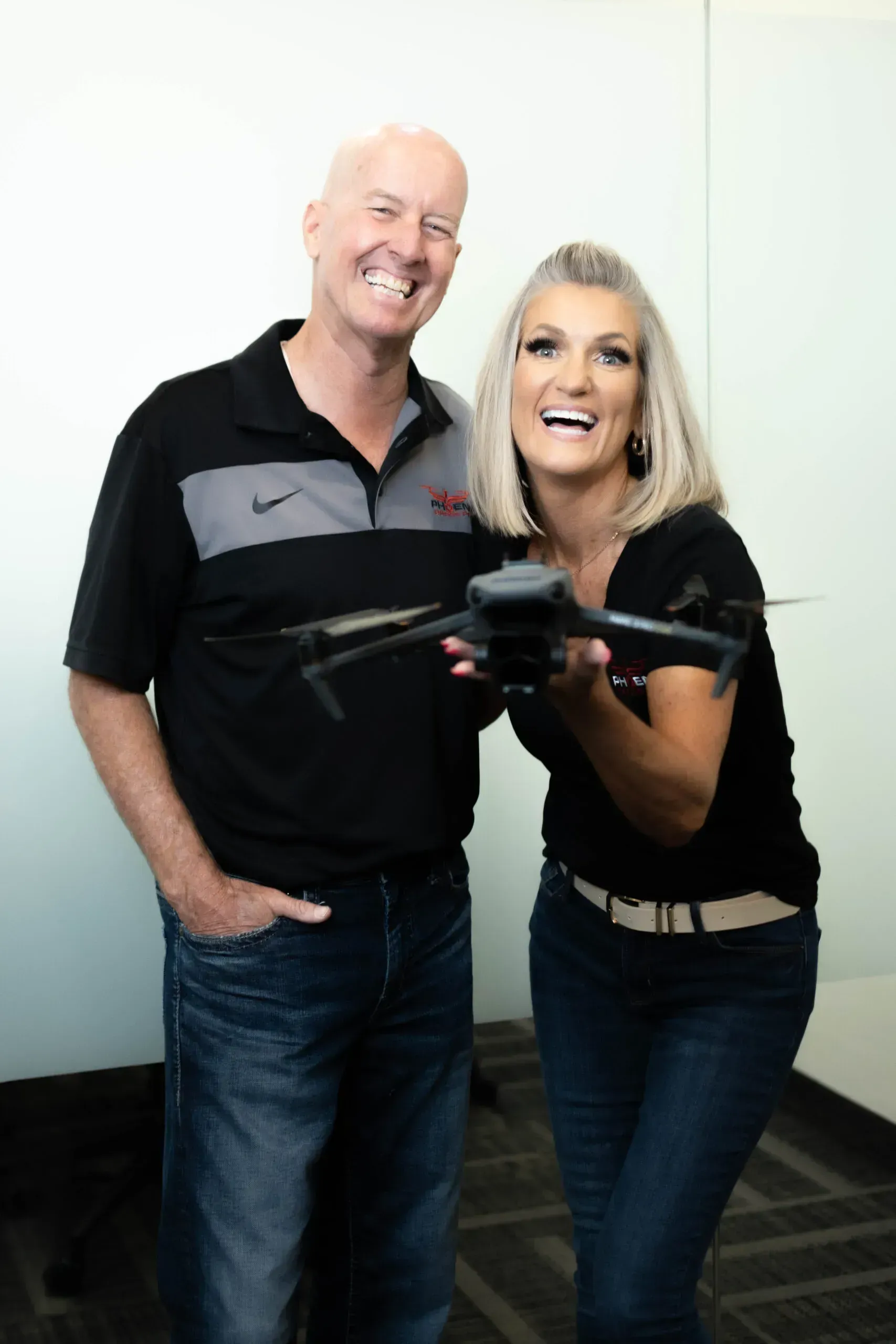
Colleen, we appreciate you taking the time to share your story with us today. Where does your story begin? The journey of Phoenix Drone Pros began when Robert Biggs, a tech enthusiast and avid photographer, first laid eyes on drone technology. Fascinated by the potential of capturing breathtaking imagery from the skies, Robert delved deep into the world of drones, honing his skills and mastering the art of aerial photography and videography. In 2015, with a keen eye for innovation and a drive to share his passion with the world, Robert officially established Phoenix Drone Pros. The name “Phoenix” symbolizes rebirth and renewal and reflects the soaring capabilities of the drones that would soon take flight under his expert guidance. From the outset, Robert set out to create a company that would stand apart from the competition by offering unmatched expertise, state-of-the-art technology, and personalized service. He envisioned Phoenix Drone Pros as a one-stop solution for businesses seeking exceptional aerial imagery, whether for real estate, construction, search and rescue, cinematography, or any other industry that could benefit from a new perspective. Fast-forward to today, Phoenix Drone Pros is expanding in its 10th year of business in Franchising. Colleen Biggs, Robert’s devoted wife, brings her heart and expertise to this journey. With over 18 years in the Franchise Industry, she has been a steadfast advocate for franchisees, guiding them through every step of launching their businesses. From territory analysis and staffing to marketing, lease negotiations, training, and leadership development, Colleen has been there, helping others realize their dreams. Her experiences during challenging times in 2001 and 2008 have equipped her with the skills to build resilient, recession-proof businesses. Colleen’s passion has always been rooted in supporting franchisees and ensuring their success. Through her journey, she learned valuable lessons about what works and what doesn’t, always prioritizing transparency and honesty. At Phoenix Drone Pros, we embody these values, nurturing a community where our franchisees feel supported, valued, and empowered to thrive. Would you say it’s been a smooth road, and if not what are some of the biggest challenges you’ve faced along the way? Like any business, our journey has been shaped by both successes and setbacks—each one a valuable learning experience. When we first started, drones were a relatively new and misunderstood technology. Back then, it wasn’t uncommon to face unexpected challenges, like having a drone shot out of the sky while filming a property or dealing with upset neighbors convinced we were invading their privacy. Those early days taught us the importance of educating our clients and the public about how drones are used and the value they bring. Over time, as awareness and acceptance of drone technology grew, so did our business. We started by working with residential real estate agents, capturing stunning aerial views that helped homes sell faster. But as we refined our skills and invested in cutting-edge equipment, new opportunities emerged. Today, we’re proud to work on much larger-scale projects, partnering with solar farms, construction companies, and commercial real estate firms to deliver professional-grade aerial data and visuals. Each of these “bumps in the road” taught us resilience, adaptability, and the importance of clear communication. By overcoming early misconceptions, we’ve built a reputation for reliability, professionalism, and delivering exceptional results. These challenges didn’t just shape our business—they strengthened it, allowing us to soar to new heights. Great, so let’s talk business. Can you tell our readers more about what you do and what you think sets you apart from others? Phoenix Drone Pros: Elevating Your Vision from the Sky At Phoenix Drone Pros, we specialize in delivering high-quality drone services tailored to meet the unique needs of each client. With a team of experienced and FAA-licensed pilots, cutting-edge technology, and a passion for innovation, we provide stunning aerial footage, comprehensive inspections, and a variety of other drone solutions. What We Do Our services span a wide range of industries, from commercial real estate and raw land development to solar inspections, weddings, and even search and rescue missions. Whether you’re a homeowner needing a roof inspection or a business owner seeking captivating aerial content, we bring expertise, precision, and creativity to every project. What Sets Us Apart What makes Phoenix Drone Pros stand out is our unwavering commitment to quality, innovation, and customer satisfaction. Our advanced drone technology allows us to capture areas that are often hard to reach, delivering detailed and accurate visuals that empower our clients to make informed decisions. We pride ourselves on offering:

